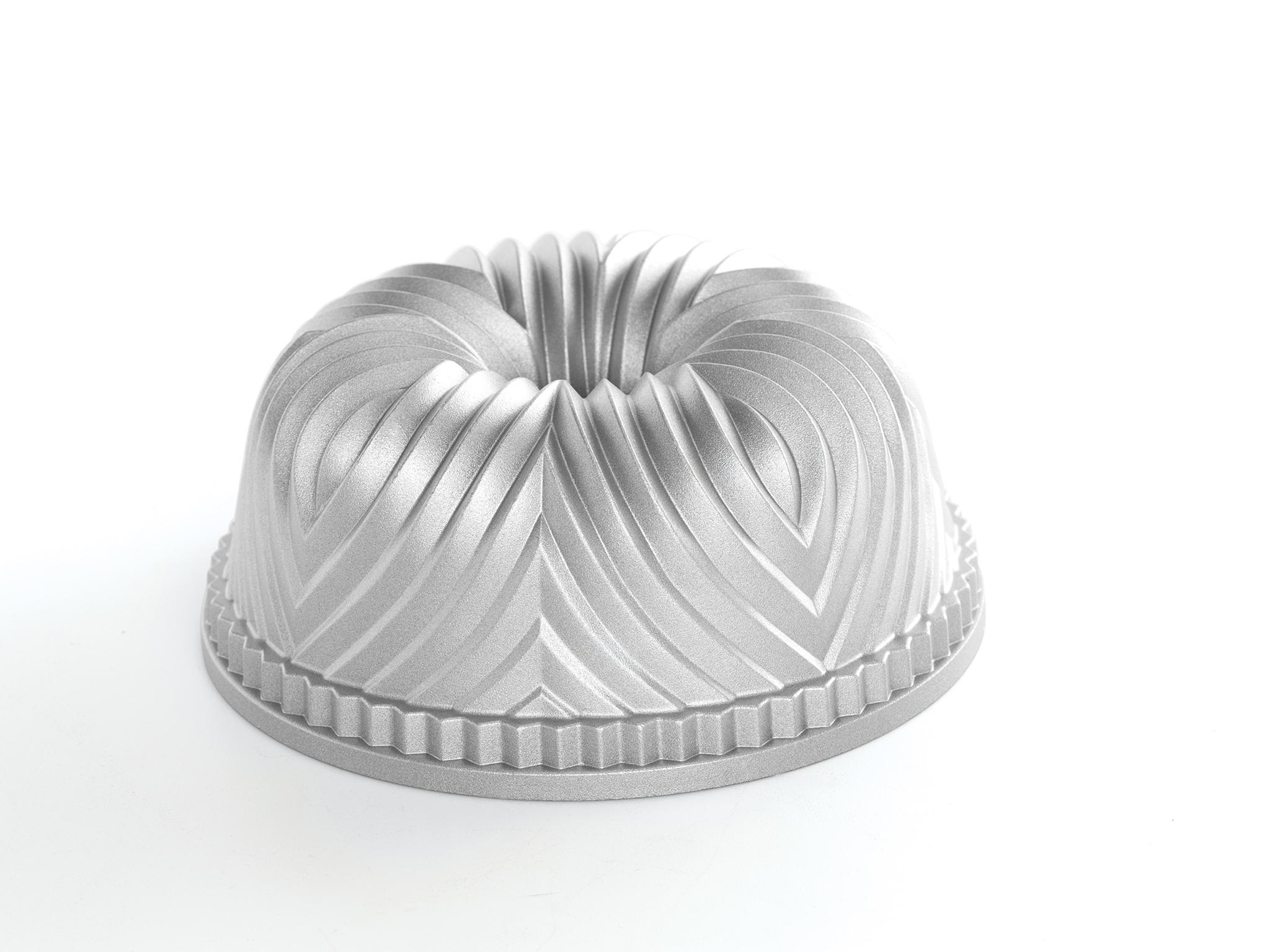Nordic Ware: the brand that inspired a generation of bakers
Influenced by Scandanavian baking methods, Dotty and Dave Dalquist pioneered the Bundt cake pan: a piece of kitchenware unrivalled by its peers

No one remembers who won first place in the 1966 Pillsbury Bake-Off, but they do remember who came in second. That prize was won by 5’ tall, bouffant-coiffed Ella Helfrich of Houston, Texas and her Tunnel of Fudge Cake. Everyone wanted the recipe for her cake with the mysterious inner tunnel of gooey fudge and everyone wanted the pan it was baked in: the Nordic Ware Bundt pan. Almost overnight, Pillsbury was inundated with over 200,000 requests from people hungry to get their hands on a Bundt pan.
The real beginnings of the Bundt pan – the iconic fluted pan with the central funnel – go back two decades earlier, to 1946. That’s when Dotty and Dave Dalquist – he just back from the Second World War – saw an opening in the market for specialty bakeware based on pieces used in Scandinavian baking. Their early bakeware line included the Rosette iron, Krumkake iron to make cone shaped cookies and the Platte Panne pan to create small pancakes.
It was four years after they launched Nordic Ware that they introduced the Bundt pan. The Minneapolis, Minnesota-based company also created the first non-stick coating for cookware and bakeware in the 1960s and was one of the first licensed to use non-stick Teflon coating.
Bundt cakes became a fixture at parties and buffets and Nordic Ware brought out countless new designs and sizes. People marvelled that you could bake a cake that would emerge from the pan in one piece with all of the fine detailing of the pan design still intact. The pans were so popular that Pillsbury even launched a range of Bundt cake mixes so everyone could have their Bundt pan moment of glory.
While the designs caught bakers’ attention, it was the pans themselves that made them a keeper. Created from cast aluminium, Nordic Ware Bundt pans have excellent heat conductivity. Bake a cake in one and you’ll see that the batter rises evenly with consistent browning. The central funnel helps ensure that the inside of the cake gets baked as well as the outside. The pans receive a three-layer non-stick coating which Nordic Ware developed to help foods high in sugar – aka cake – release easily.
If you’re still worried about getting your Jubilee cake out of the pan in one piece then Nordic Ware offers a few suggestions. They recommend ‘painting’ the inside with soft, but not melted butter. Use a pastry brush so you can cover all the fiddly nooks and crannies.
The best recipes for Bundt pans are ones where the mix is denser rather than lighter, so the cake holds its shape better. Let the cake cool for ten minutes once it’s out of the oven. You should see the cake starting to pull away slightly from the sides of the pan – your sign to turn it out and let it finish cooling on a wire rack. The end result is, as we say in the kitchen, the wow factor. It’s not simply a cake but a bit like an architectural masterpiece or an expertly carved sculpture.
While the Bundt pans are the best known product line from Nordic Ware they’re hardly the only one. They produce a full range of non-stick bakeware, baking tools and accessories, pancake and waffle pans, barbeque and microwave products as well. They’ve nabbed a lot of ‘firsts’ including the first microwave pressure cooker back in 1984 as well as the first indoor range top kettle smoker. New introductions include Little Bundts – small 6-cup Bundt pans – as well as pans to make bite-sized Bundt cakes, which sounds like a dangerous way to eat more cake rather than less.
Nordic Ware arrived in the UK in the early 1990s and while the classic Heritage Bundt pan is the most popular it’s only one of many designs on offer. Bundt pans range in price from around £39 to £50 which might seem a lot for a cake pan but not when you see the results. They’re so sturdy and well constructed that you can use your pans again and again and get the same consistent results.
Most of the products are still made in Minneapolis and the business is still family-owned and operated. In addition to the domestic cookware and bakeware, they also produce a commercial line for professional kitchens and also supply functional coatings to other industries including aerospace and electronics.
It’s a long way from Ella Helfrich and her cake with the ‘tunnel’ of fudge. Ella died in 2015 at the ripe old age of 98. Her obituary in the Houston Chronicle said she, “…believed there were four basic food groups: sugar, butter, chocolate and pecans.” But it was that cake that captivated a nation and the making of a pan that’s earned its place in kitchens around the world.
Subscribe to Independent Premium to bookmark this article
Want to bookmark your favourite articles and stories to read or reference later? Start your Independent Premium subscription today.

Join our commenting forum
Join thought-provoking conversations, follow other Independent readers and see their replies